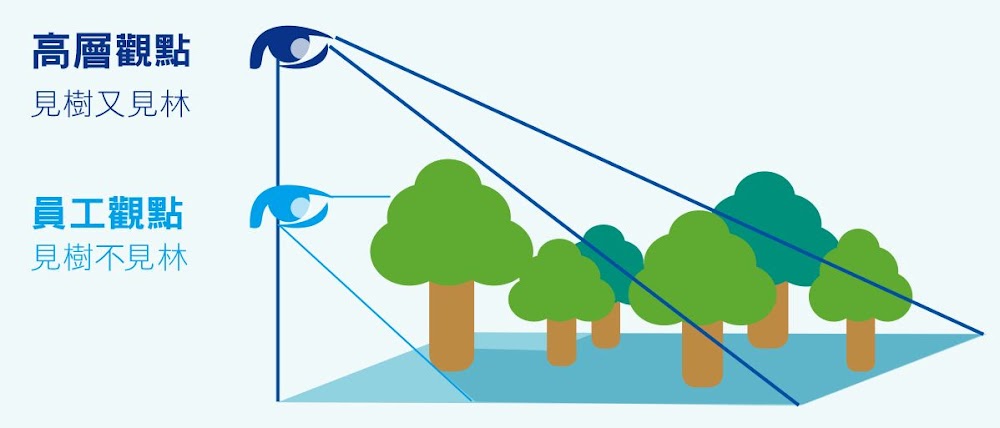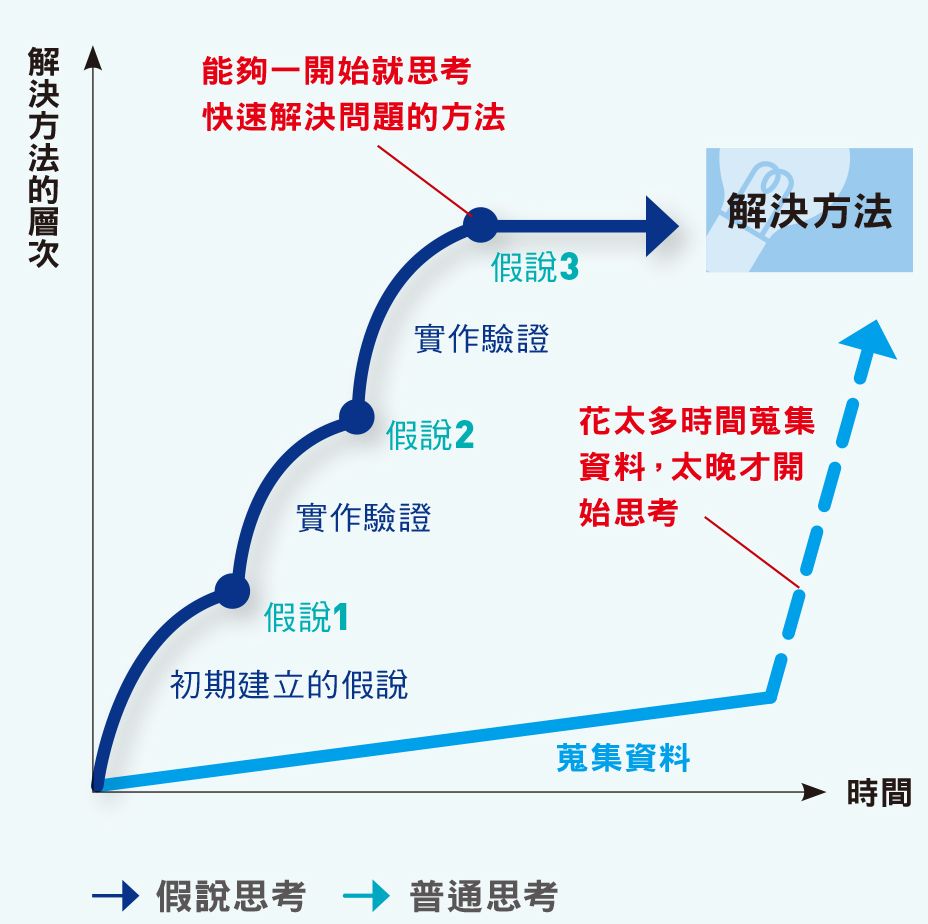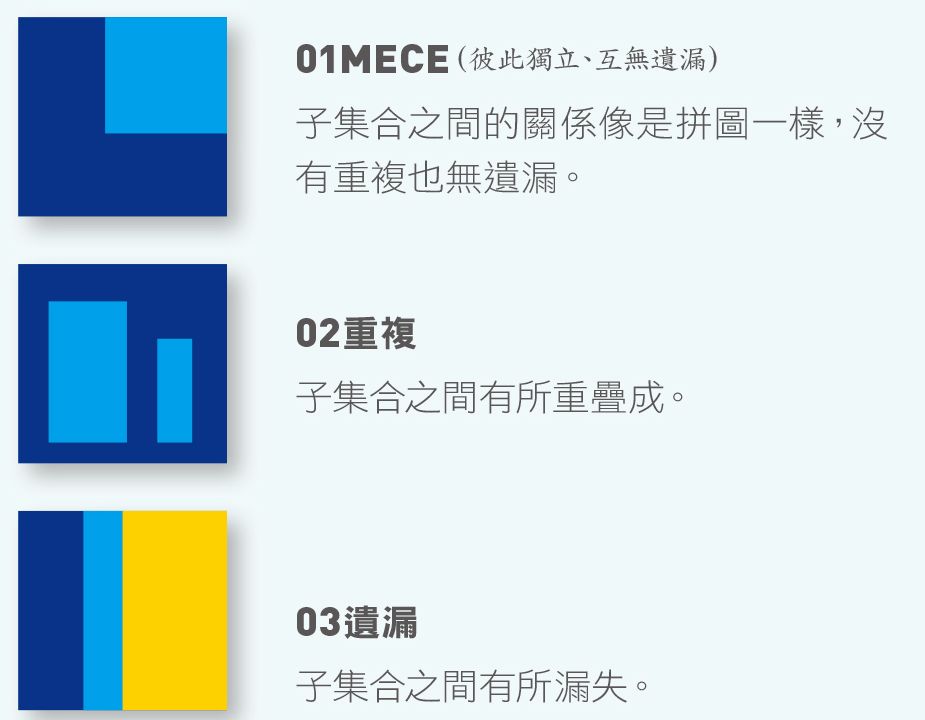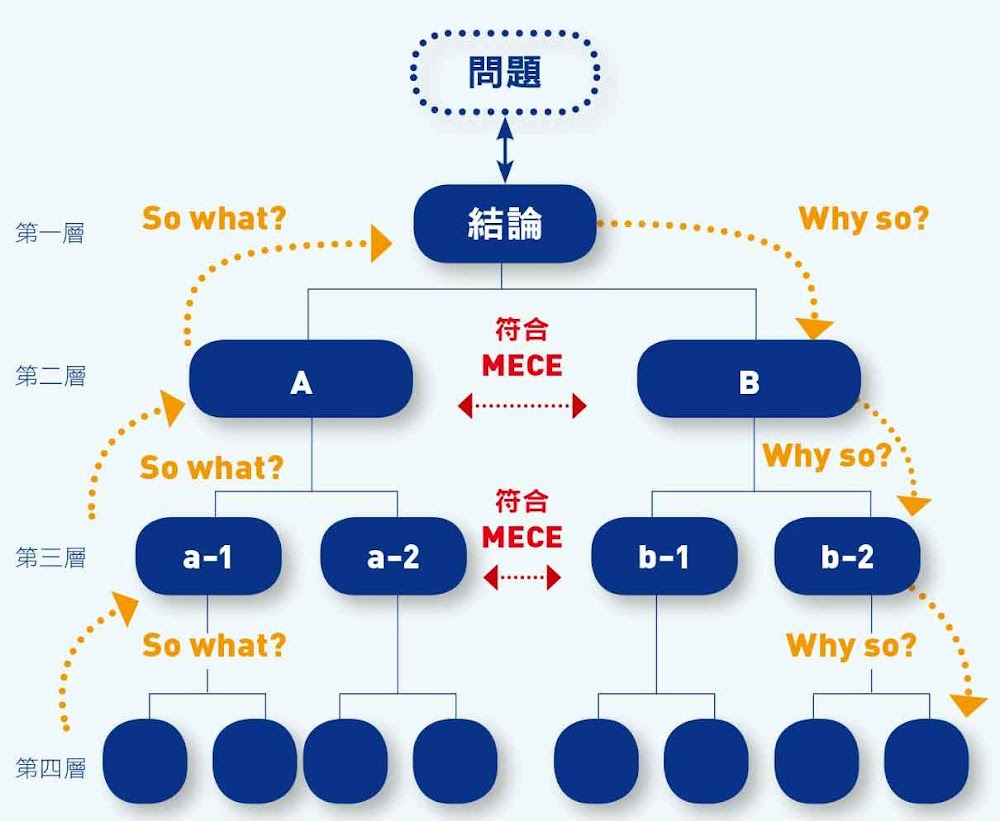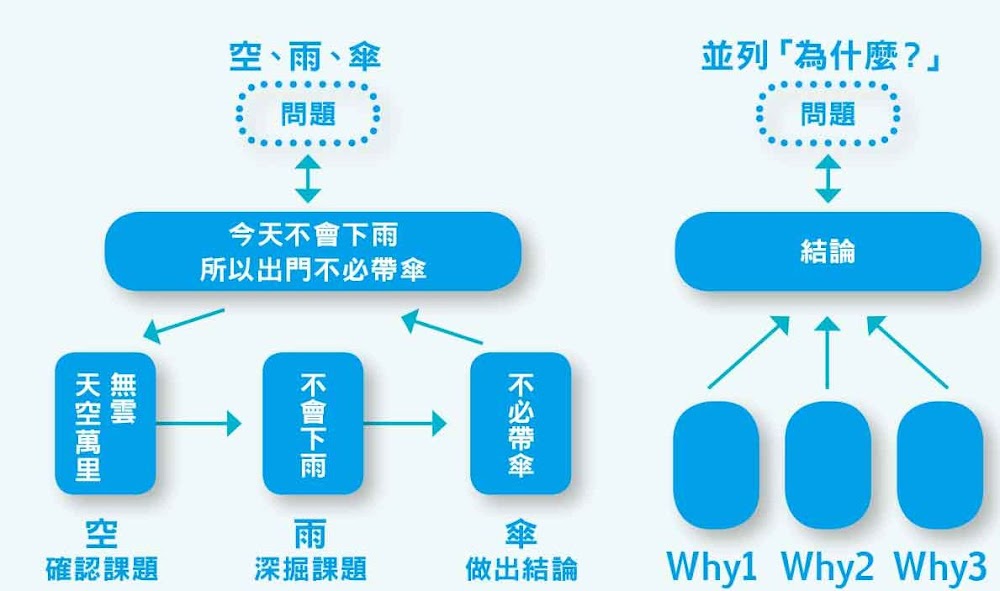As a psychotherapist and researcher, I have long been interested in
understanding why some people seem to be successful in achieving their goals in life and others struggle or fail. Why, for example, do some people who seem to be intelligent and talented not accomplish as much as others who appear to be less intelligent and/or minimally talented?
Source: El Nariz/Shutterstock
My doctoral dissertation was a research study of social work clinicians who had decided to become administrators in addition to or instead of continuing only as direct service providers of mental
health services. In the course of my work I discovered the concept of the "hardy
personality" (“hardiness”) which was developed by Suzanne C. Kobasa and Salvadore Maddi. They described this personality as demonstrating three essential components: commitment, control, and challenge.
Commitment refers to one's ability to believe in the truth, importance, and interest value of who one is and what one is doing which results in a tendency to involve oneself fully in the many aspects of life, including work, family, and interpersonal relationships.
Control refers to the propensity to believe and act as if one can influence the course of events in his/her life. It involves the possession of a coping repertoire that enables such people to act effectively on their own and interpret and incorporate various life experiences, transforming these into something manageable and beneficial.
Challenge is based on the belief that change, rather than sameness or predictability, is the norm. These are people more likely to thrive under the circumstances of a new challenge or opportunity brought about by a new endeavor.
The clinician-turned-administrators in my study who scored high on the hardiness measures tended to have much more successful and less stressful transitions than those who were less "hardy." My research investigated the various attributes and positive personality characteristics that promoted the more successful transitions. These included a record of high achievement, success, and professional advancement. High
self-esteem, enjoying a challenge, being a risk-taker, being entrepreneurial, and being motivated and ambitious were listed as well.
Many successful transition-makers reported that they were not afraid to make mistakes, had good people skills, and tended not to be passive in their personal and professional lives. Hardy people are those who turn stressful life experiences into opportunities for personal and professional growth. The seek and value change, rather than finding ways to avoid it. They believe that change, rather than sameness or predictability, is the norm. The hardy person is also characterized by such qualities as resourcefulness, innovativeness,
creativity, and as someone who can emerge victorious under conditions of
stress and uncertainty.
In her book
Grit: The Power of Passion and Perseverance, author Angela Duckworth identifies a psychological trait she calls grit. The combination of passion, having an enduring interest in the job one is doing, and perseverance, being persistent and never giving up, are the two components that, in her view, help us better understand the psychology of achievement. She believes we have a tendency to overemphasize talent or natural ability and underemphasize the importance of zeal, determination, and
motivation. We also tend to see
intelligence as key in explaining success and achievement, which while true to some extent, is far from the only factor involved. She has studied why some individuals accomplish more than others who are of equal intelligence, and discovered that grit, unlike many traditional measures of performance, is not tied to intelligence and may explain why some very intelligent individuals do not consistently perform well over long periods.
Duckworth discussed the four psychological assets that gritty people have in common. These are interest, practice, purpose, and hope.
By
interest she means that one must be passionate about something that interests them the most. The grittiest people have something they
love to do.
Practice requires them to do things that interest them better than they did yesterday. They must be ready to improve on their skills, regardless of how excellent they currently perform. Challenging themselves to an exercise that exceeds their skill level leads to mastery.
Without purpose, one may not be able to carry on their interest for a long time. Hence it is essential to identify how their work is connected to their own well-being as well as the wellbeing of others.
Hope helps us see our ultimate concern through to the end. Grit loses when we are unable to get back up after a setback. But when we get back up, it prevails.
As can be seen, these concepts are both different and similar in certain ways. Both tend to value the importance of commitment and the positive
management of challenges. They both address the issue that these traits are not necessarily inborn and can be developed under the right conditions. These researchers are also in agreement that the performance of certain behaviors can have a fundamental impact on an individual's level of success. How then, if one is not particularly "hardy" or does not seem to go about accomplishing their goals with the qualities associated with "grit," is it possible to become "hardier" and "grittier?"
Kobasa and Maddi believe that hardiness can be developed over time by emphasizing the need to help people develop better ways of coping with stress as well as helping them not to generate stress however possible. They both believe that the development of hardiness can be strengthened by child-rearing practices designed to help children see themselves and the world as interesting, worthwhile, and satisfying, thus preventing them from viewing themselves and the world as dull, meaningless, and frustrating. This difference may well result from the overall degree to which the interactions they had with their
parents were supportive, facilitating satisfaction, and providing encouragement and acceptance.
Counseling for hardiness is the other way that the characteristics of commitment, control, and challenge can be learned and instilled, assuming that the unproductive behaviors of a "non-hardy" past can be broken.
Cognitive-based therapies may be central in helping people become hardier, but it is a complex undertaking that requires a good deal of time and effort to achieve in a durable way. One might argue that any therapy has as an implicit objective to help the individual acquire the characteristics associated with hardiness as discussed above.
What about helping people to become "grittier?" Researcher Carol Dweck suggests that all of us possess either a fixed or a growth mindset. People with a growth mindset believe that they can improve their grades, learn new skills, and achieve their goals in general if they try hard enough. People with a fixed mindset do not think that they have the ability to improve and, as a result, are more inclined to give up whatever they are trying to accomplish when they face difficulty and get frustrated. This is consistent with our general understanding of the differences between
optimists, who handle life's challenges very differently than pessimists, who tend to be less happy, less accomplished, and suffer more.
Like the developers of 'hardiness,' Duckworth emphasizes the importance of child-rearing practices designed to foster interest, purpose, and hope in children that will support the likelihood of them becoming adults who will have a greater capacity to persevere and develop passion, i.e. become 'grittier.' Strong parental role models who demonstrate the characteristics associated with grit are vitally important to the developing child who will emulate his parents.
Here, too, any counseling or
psychotherapy strives to help people acquire or strengthen 'hardy' or 'gritty' qualities. A focus on being better able to cope with stress, develop greater
resilience, have a positive outlook, and develop or strengthen already existing qualities like passion and perseverance are most helpful in this effort.
One of the things I emphasize in my work with patients is to help develop the belief that one can learn to handle most of the difficult challenges and stressors that occur in everyday life. This includes coping with failure and doing whatever is possible to achieve success in its place. Working with this focus often shifts a person's point of view about what might be possible for them which increases
optimism and, therefore, the motivation to work toward change and achieve their therapeutic goals.






